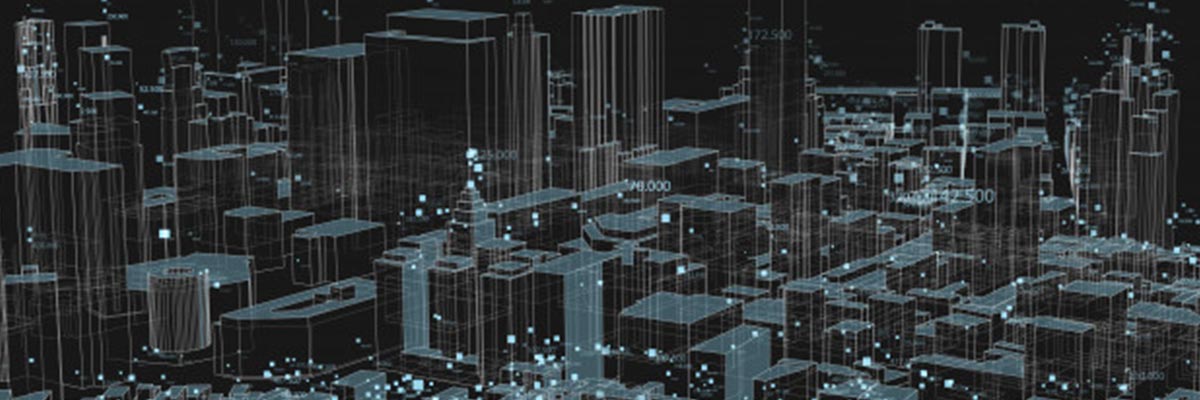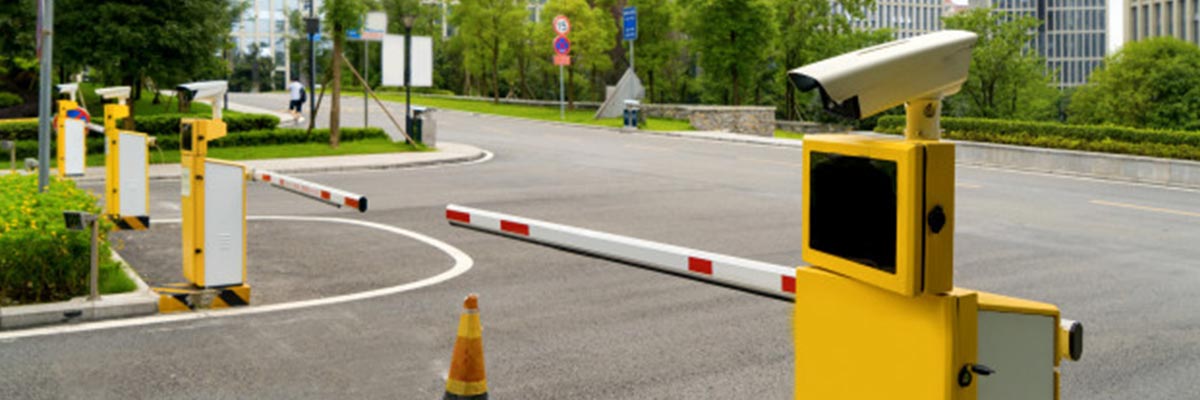ScanViS
Safeguarding Sensitive Data and Assets of Healthcare Sector with Physical Access Control Solution
- Details
- Written by ScanViS Team
- Category: Blog
- Hits: 2316
Hospitals and healthcare centers are high-risk environments, their security models need to be adapted to the unique needs of the facility. As people entrust these places with their lives and expect top safety and security response, loss or misuse of vital patient records is not only an administrative concern but also a factor that impacts the hospital's or healthcare center’s security integrity.
As much as they want to be physically safe, patients like to have their sensitive data stored securely. This is why the hospital’s primary concern should be to correctly track and monitor the patient behavior and data submissions from the moment of front-desk check-in to the final dismissal.
The best way to do that is to run a thorough risk assessment and determine the level of security that a hospital or healthcare center requires. Some must-have items need to be considered:
- Defining which people are granted or denied access to restricted areas throughout the healthcare facility campus. These areas may include (but are not limited to) the emergency room, maternity area, pediatric area, intensive care units, pharmacy, parking garage/lot, and more.
- Hospital physical access control systems must be able to guard against specific issues, such as protection of sensitive areas, record keeping and tracking, theft prevention, misuse of expensive medical equipment, and staff and patient protection.
- Identify the scale of physical access control management solution that can cover including patient and staff management, asset management, access control, video surveillance with real-time actionable information that enables the security team to detect anomalies and respond more quickly to potential threats before they become incidents.
- By aggregating all hospital security data onto one user-friendly dashboard, security personnel can easily monitor their entire hospital campus. And if there is an incident, this data provides hospitals with a full, automatic audit trail.
- Healthcare professionals should keep in mind the industry standards mandated by accredited standardization authorities, as well as country-specific and international codes of practice.
Check here to know more about
Ideal Security Arrangement for Chemical Storage or Laboratory Facilities
- Details
- Written by ScanViS Team
- Category: Blog
- Hits: 2464
As a consequence of the dynamic and ‘need-to-access’ based environment, chemical storage and laboratory facilities security is best addressed with electronic access control systems. Enhancing safety in chemicals or sample/specimen storage, testing rooms to enable access only to authorized people, keeping sensitive records safe, as well as strictly controlled use of equipment can be performed from web-based software or from mobile apps.
Proper tracking of chemicals or biochemical samples is extremely important in chemical storage or laboratory environments.
Electronic access systems are convenient for overseeing chemical storage and laboratory security on a number of distributed locations. Managing role-based security and overseeing multiple chemical storerooms or laboratory test rooms across the state can be done from a smartphone. This makes the job of managers simple and frees staff time from unnecessary reporting.
Chemical storage and laboratory security systems based on electronic access control can help physical security needs. They enable biometrics authentication such as facial recognition for authorized staff, visitors, and contractors. Face ID is now becoming widely used as an access key to the restricted zone, playing a part in multi-layer security. Passcards, pins, and/or QR codes can also be added to enable a two-factor or multi-factor authentication process for enhanced security.
The scalability of the electronic access systems allows unique solutions for chemical storage and laboratory facilities. Depending on the size of the facility, it can include standalone readers for multiple locations or one central control point for multiple devices connected in a network. Laboratories are usually in need of modern software solutions; the ideal solution executed with electronic access control can be integrated into the rest of the testing rooms to round up the testing circle.
Check here to know more about
Defining purpose and needs of using automated access control system in the laboratory environment
- Details
- Written by ScanViS Team
- Category: Blog
- Hits: 2430
Biometrics is increasingly being used but in an internal environment such as a laboratory. In previous years, their use was limited when personal protective equipment is required (e.g. gloves and face masks). In the post-COVID worlds, some facial recognition systems with mask detection function which can scan the face when the personnel is wearing a mask.
Typically, a system will integrate manual access control measures (e.g. locks) with automatic access control systems, which will provide beneficial functionality including automatic identification/ authentication, audit information, and zone controlled access. These make an effective access control system to:
- enable authorized entry of persons and goods
- prevent/deter the unauthorized entry of persons and goods
- prevent the unauthorized removal of laboratory assets
- provide monitoring and auditing of site movement
- prevent unauthorized observation of laboratory activities.
Although most laboratories will already have advanced access content systems in place, it is advisable to undertake a study to determine whether the system is fit-for-purpose. There are several factors to be considered when determining needs.
- The laboratories' activities and specific assets requiring protection.
- The defined areas that require protection (site perimeter, building perimeter, and internal areas) and their criticality.
- Environmental/safety matters (e.g. fire escape requirements and disabled person access).
- Integration with other systems and IT needs of the system.
- The threats and the associated risks.
However, an automated system may still require human intervention to manage visitors, deliveries, etc., laboratory managers need to determine operational security requirements, providing a means of developing a security framework, understanding the risks from identified security threats, and the implementation of appropriate security solutions, commensurate with the risks and organizational vulnerabilities.
Modern Access Control Solutions Changing Property Management
- Details
- Written by Ricky Tsui
- Category: Blog
- Hits: 2539
In an era of growing security and health concerns, facility managers, property managers must elevate the importance of efficient, trusted access and safe entry experience. The challenge for property management is putting suitable technology and access control solutions in place that would ensure tenant security, safety, as well as convenience.
Considering future tenants and occupants, selecting new access control solutions that could improve tenant experience will future-proof investment in the long term. For property managers, deploying smart technologies could save cost, remove the operational burden, and ensure physical security.
Access control solutions to improve the tenant experience
- Touchless door access
To ensure safety, touchless access control solutions are taking the lead not only for security but for physical health as well. The momentum of contactless biometric technology with a CAGR of 17.4% from 2020 to 2030 [1] is driving the use of facial recognition in access control.
Modern authentication methods like QR codes and facial recognition speed up tenants’ entry process in a more frictionless, efficient way. This could prevent people from touching high-use surfaces that increase the spread of germs. There is no need to bring a key fob/card, which serves a singular use and is always forgotten or lost.

- Delivery management
With e-commerce at an all-time high, tenants are receiving a lot of packages and deliveries every day. Package theft and unauthorized access are a high priority for both tenants and management.
Utilizing advanced video intercom systems makes the delivery process easier. After receiving delivery notifications, temporary access PINs will be given to delivery vendors, supported with remote door unlock.

- Cloud-based visitor management
Cloud-based access control solutions ensure anywhere access, and remote authorization, and business continuity.
Going mobile, app-based access control solutions create ease of use for both tenants and property managers. Tenants could register to gain access right by simply uploading ID and photo via mobile app.
Cloud systems provide the ability to analyze traffic patterns for property managers. For example, managers could schedule a suitable time for maintenance or cleaning service for the building, according to which days have lower traffic.

- Car park access control
Car park entry and exit access management are crucial to ensure premises security. Existing solutions like keycard-based are time-consuming and expensive to manage.
Smartphone-based access control solutions provide an innovative way to grant and revoke parking access. By integrating QR code readers with existing parking gates, tenants can access the car park by using their mobile phones. This is helpful for both security and user experience. Property managers could keep track of access logs with easy administration through cloud system.
To conclude, the momentum of touchless technology and cloud development is pushing the growth of smart apartments with modern access control solutions. Convenient access control and video intercom systems can minimize operational burden from property managers and guarantee tenants feel secure in their apartment.

Page 4 of 16